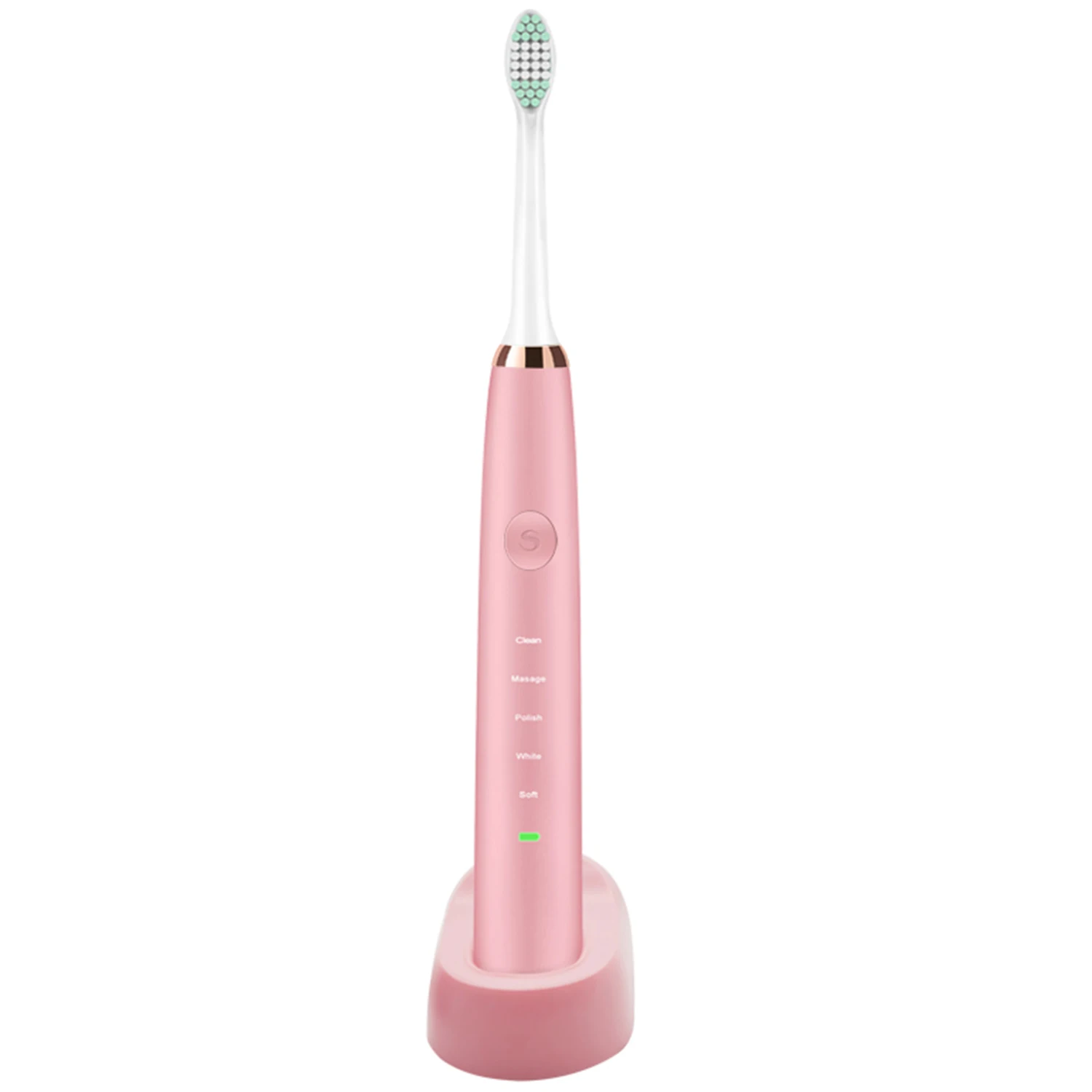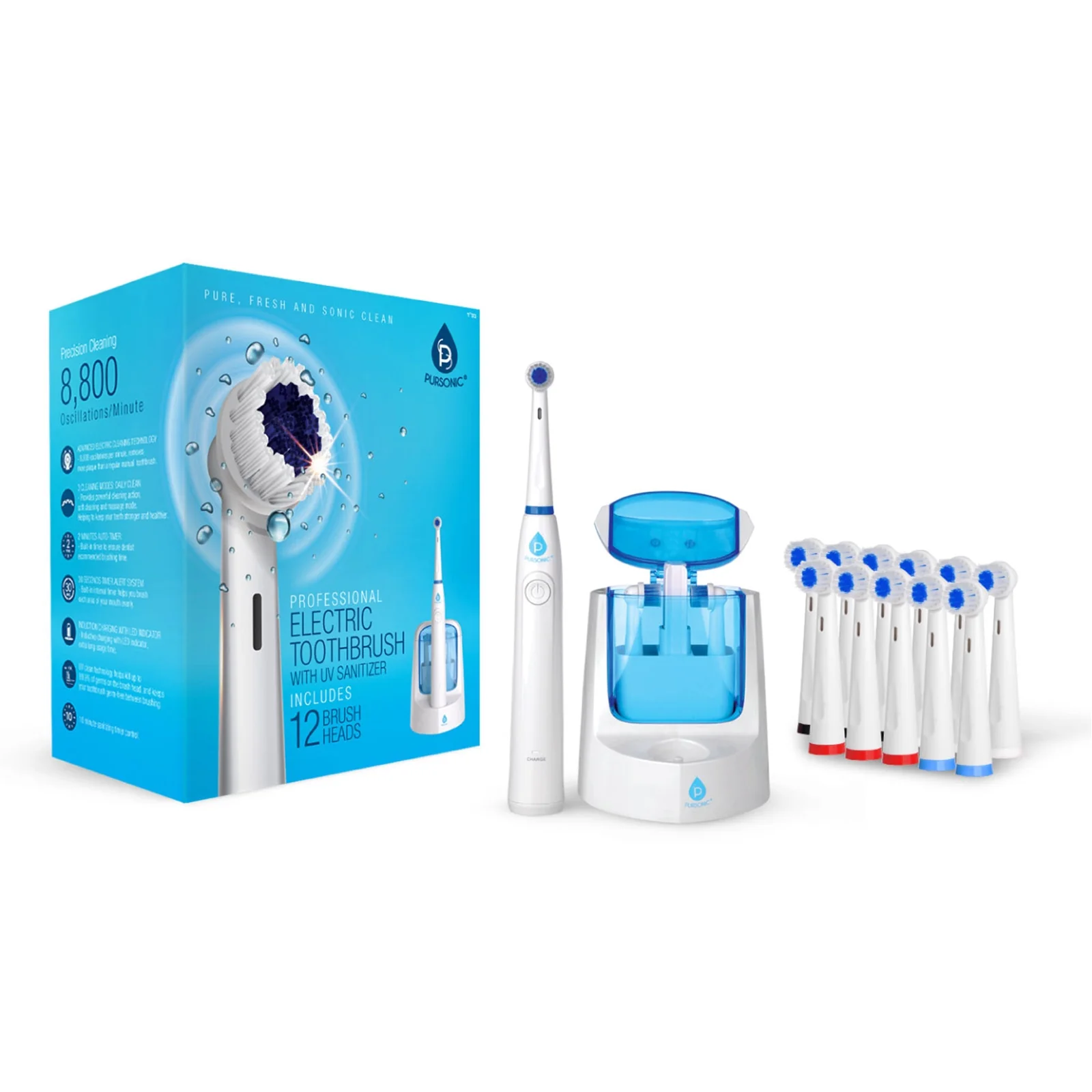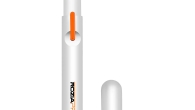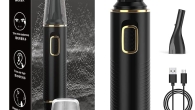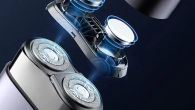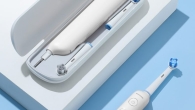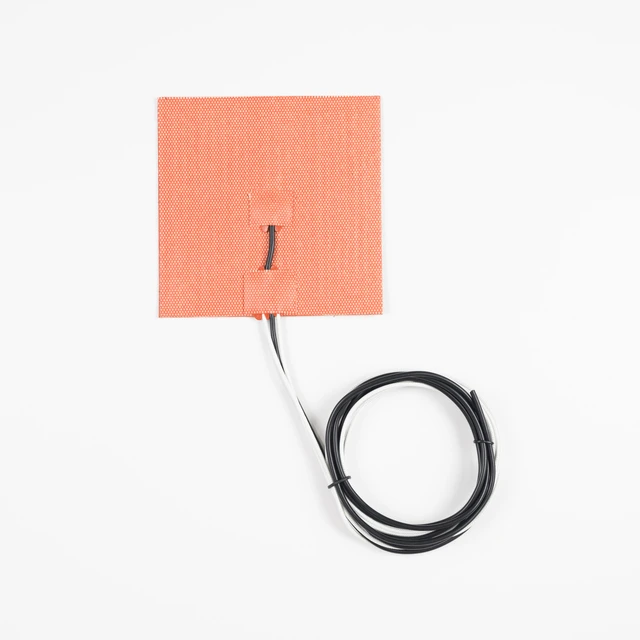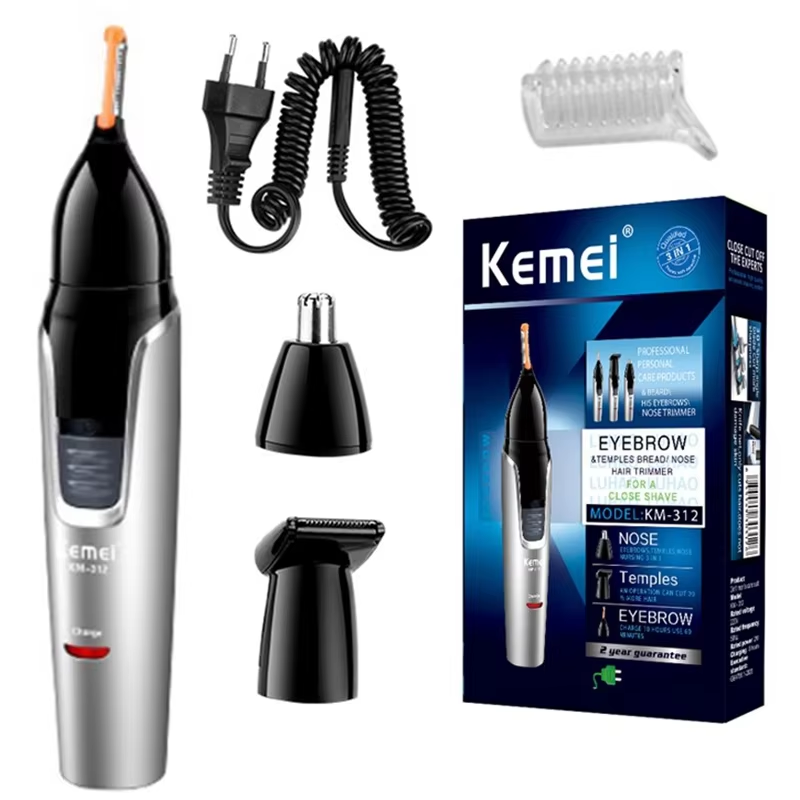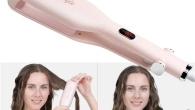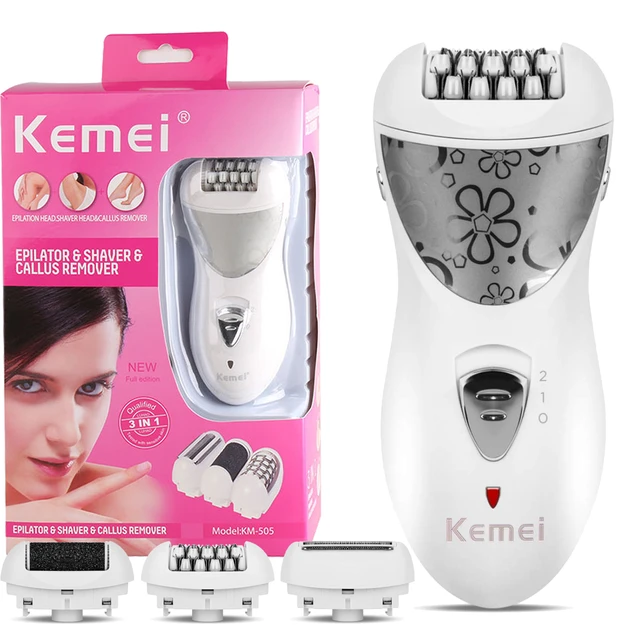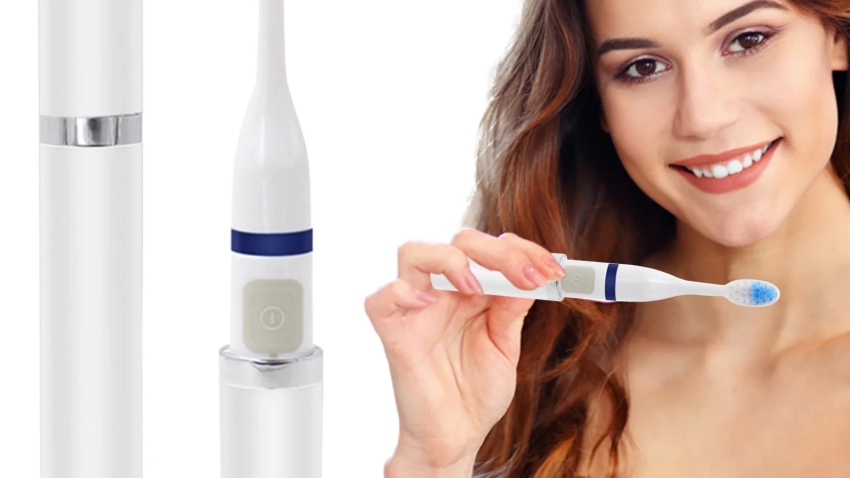
Electric Toothbrush Before and After: The Journey of Oral Hygiene
Oral hygiene is an essential aspect of maintaining overall health, and the methods we use have evolved considerably over the years. One of the most significant advancements in this area has been the introduction of the electric toothbrush. The transition from manual to electric brushing is not just a minor upgrade; it represents a change in how we approach oral care. This article explores the electric toothbrush before and after its adoption, examining its benefits, disadvantages, and the overall impact on dental health.
The Rise of the Electric Toothbrush
Historical Context
To understand the electric toothbrush before and after implementation, we must first look at its inception. The manual toothbrush has a long and storied history, dating back to ancient civilizations. However, it wasn’t until the 1930s that electric toothbrushes began to emerge. The first electric toothbrush was invented in Switzerland and aimed at those with limited mobility and dexterity problems.
Early Models
The initial electric toothbrushes were bulky and not widely accepted. Most people preferred the familiar, manual brushed way of cleaning their teeth. Concerns over the effectiveness and the hassle associated with charging and maintaining an electric toothbrush further delayed its mainstream acceptance. The electric toothbrush before significant technological advancements was often viewed as a luxury item rather than a standard oral hygiene tool.
Technological Advancements
Features and Innovations
The turning point for electric toothbrushes came with advancements in technology. Modern electric toothbrushes now feature multiple settings for different brushing modes, timers to ensure adequate brushing time, pressure sensors to avoid damaging the gums, and Bluetooth connectivity for tracking brushing habits through smartphone applications. The transition from the bulky and basic models of the past to sleek and sophisticated versions significantly impacted consumer perception.
Brushes and Bristle Technology
Another significant innovation is in brush head design and bristle technology. Today’s electric toothbrushes come with interchangeable brush heads designed for specific needs, from plaque control to gum care. The electric toothbrush before these advancements often had generic, single-purpose bristle designs that did not cater to individual dental concerns.
Benefits of Electric Toothbrushes
Enhanced Cleaning Effectiveness
One of the most significant advantages of electric toothbrushes compared to manual brushes is their ability to clean teeth more effectively. Studies have shown that electric toothbrushes can reduce plaque and gingivitis more efficiently than their manual counterparts. The vibrations and oscillations delivered by electric toothbrushes help to dislodge food particles and plaque more effectively than manual brushing.
Consistency in Brushing Technique
Brushing consistently and properly is crucial for maintaining oral health. Electric toothbrushes often come with built-in timers and alerts to encourage users to brush for the recommended two minutes. Many also offer pressure sensors to alert you if you’re brushing too hard, which can help prevent gum damage. The electric toothbrush before these features was at a disadvantage, as many people do not adhere to recommended brushing times or techniques.
Accessibility and Ease of Use
For individuals with limited dexterity, such as the elderly or those with certain disabilities, electric toothbrushes can provide a more accessible alternative to traditional brushing. The ease of use and the persistent oscillating action can make a significant difference in their ability to maintain good oral hygiene. Thus, the electric toothbrush before these considerations were realized catered mostly to the general population, often overlooking those who could benefit the most.
Disadvantages of Electric Toothbrushes
Cost Considerations
One significant hurdle in the widespread acceptance of electric toothbrushes is their cost. Quality electric toothbrushes typically carry a price tag that can be several times higher than standard, manual brushes. While the initial expense may be a deterrent, many users find that the long-term oral health benefits justify the cost. The electric toothbrush before such considerations remained largely out of reach for many consumers, especially in lower-income brackets.
Battery Life and Maintenance
Electric toothbrushes require regular charging or battery replacements, which can be inconvenient. Early models were often prone to malfunction, leading to frustrations among users. The manual toothbrush, in comparison, remains a straightforward, maintenance-free option. However, as technology has progressed, the battery life of electric toothbrushes has improved, often lasting several weeks on a single charge. Comparatively, the electric toothbrush before these enhancements posed a series of inconveniences that discouraged potential users.
Personal Testimonials: Electric Toothbrush Before and After
Real-World Transformations
The “before and after” narratives surrounding electric toothbrush usage are striking. Many users have reported noticeable improvements in their oral health—fewer cavities, healthier gums, and more confidence in their smiles. For example, Sarah, a 32-year-old marketing professional, shared her journey. Before switching to an electric toothbrush, she struggled with plaque buildup and was often displeased with her dental appointments. After making the switch, she reported a significant decrease in her dental issues within a few months.
Professional Perspectives
From a dental professional’s viewpoint, the advantages of electric toothbrushes cannot be overstated. Dr. James, a renowned dentist, underscores how electric toothbrushes can reduce the workload on dental professionals. “When my patients use electric toothbrushes, I notice a significant decrease in plaque levels and gum disease,” he states, backing up Sarah’s personal review with statistics from his practice.
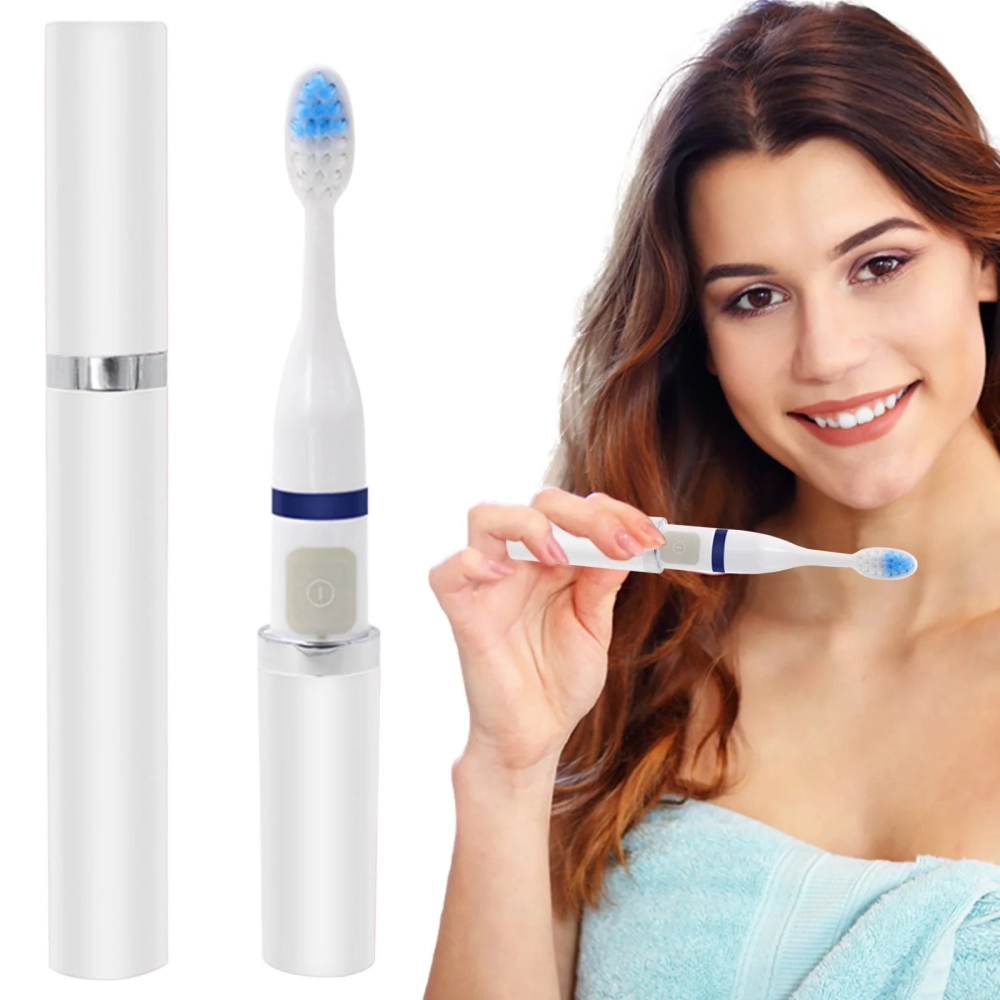 The Future of Oral Hygiene
The Future of Oral Hygiene
The Integration of AI and Smart Technology
The future of electric toothbrushes seems promising, thanks to the advent of artificial intelligence (AI) and smart technology. As the technology continues to evolve, we can expect to see toothbrushes that provide real-time feedback on brushing techniques. These sophisticated systems could analyze data and offer personalized guidance based on individual brushing habits. The electric toothbrush before these advancements lacked the ability to truly cater to users in this manner.
Sustainable Options
Another aspect to consider is sustainability. With an increasing focus on eco-friendly practices, manufacturers are beginning to introduce electric toothbrushes that reduce waste, such as those with replaceable heads rather than disposable units. Innovations in materials and energy efficiencies will likely lead to electric toothbrushes that are kinder to the planet. The electric toothbrush before these considerations was not designed with eco-conscious consumers in mind.
The Impact on Children’s Oral Health
Making Dental Care Fun
Electric toothbrushes can also play a crucial role in children’s oral hygiene habits. Engaging designs, fun colors, and light-up features make brushing appealing for younger users. Adding a sense of excitement to brushing can encourage children to maintain good habits. The electric toothbrush before such innovations often resulted in struggles for parents attempting to instill these habits in their children.
Education and Engagement
Moreover, many electric toothbrushes designed for children come equipped with educational tools and games that make learning about dental hygiene engaging. This interactive approach can help children understand the importance of oral care from a young age, promoting lifelong habits. The electric toothbrush before the introduction of such features missed an opportunity to positively impact children’s dental education.
Summary: Electric Toothbrush Before and After
In conclusion, the transition from manual to electric toothbrushes signifies much more than a mere upgrade; it embodies a fundamental shift in our approach to oral health. The effectiveness, consistency, and accessibility of electric toothbrushes have made them invaluable tools in modern dental care. Real-world testimonials and professional opinions confirm the substantial benefits associated with this technological advancement.
However, acknowledging the drawbacks, such as cost and maintenance, is equally important. As technology continues to evolve, the future of electric toothbrushes appears even more promising. Innovations like AI, sustainable designs, and child-friendly features will likely continue to reshape the landscape of oral hygiene.
Ultimately, the journey from electric toothbrush before standardization to its current advanced versions illustrates how a simple change can revolutionize an entire field. With ongoing research and technological advancements, the future of oral hygiene looks brighter than ever, promising healthier smiles and better overall health.




